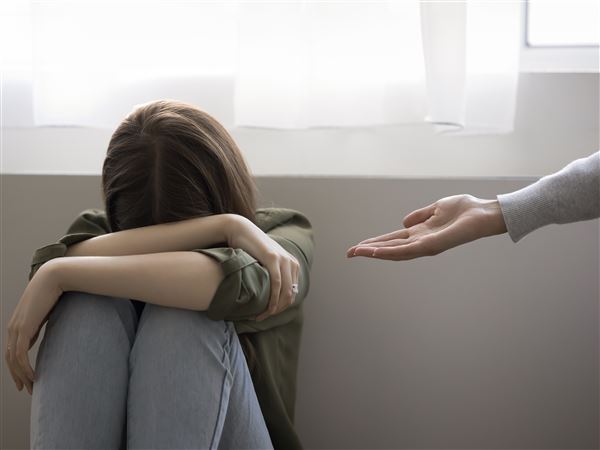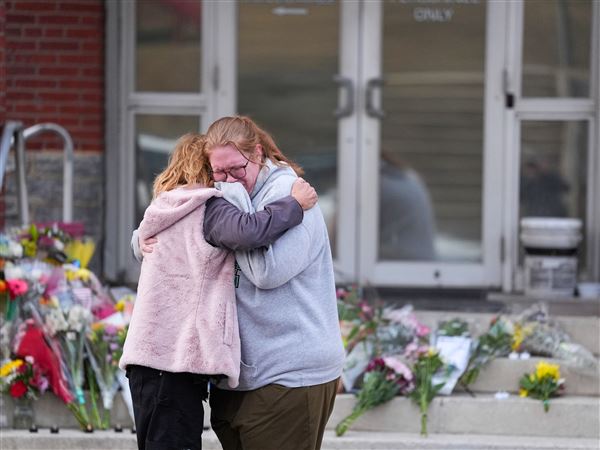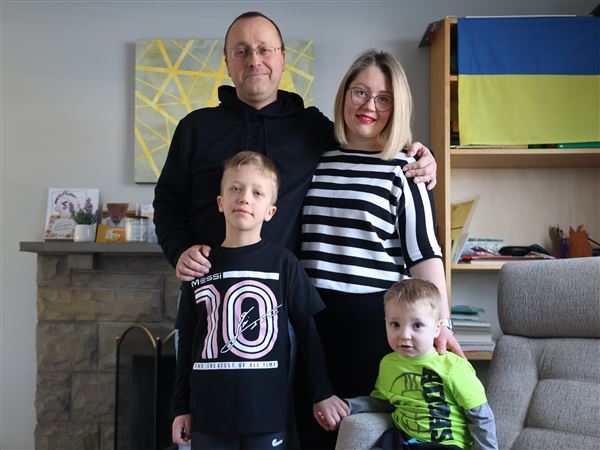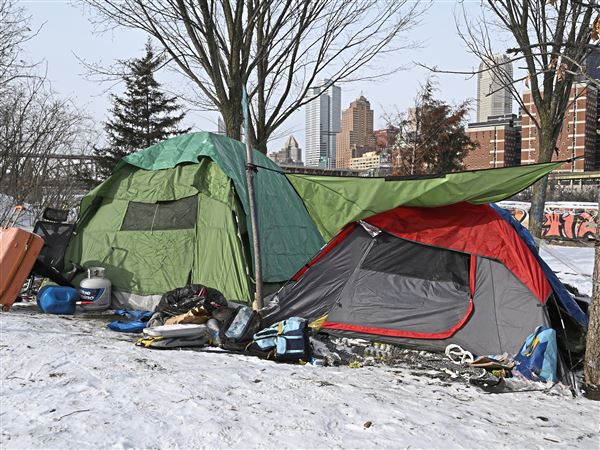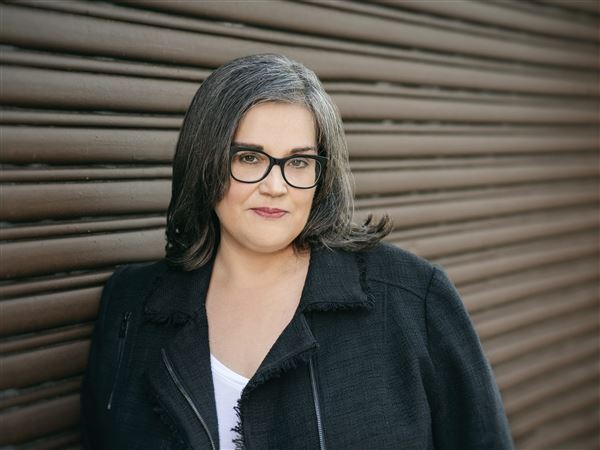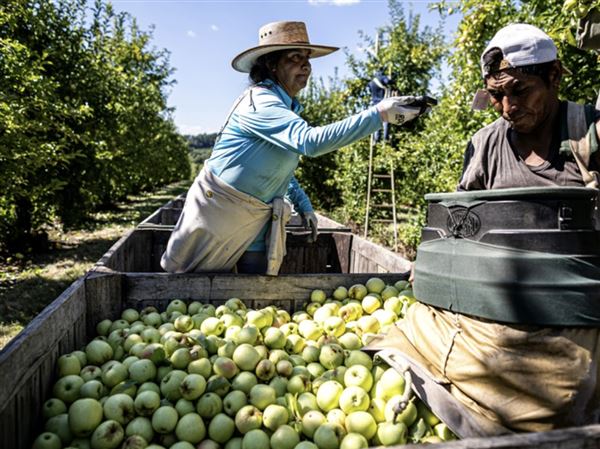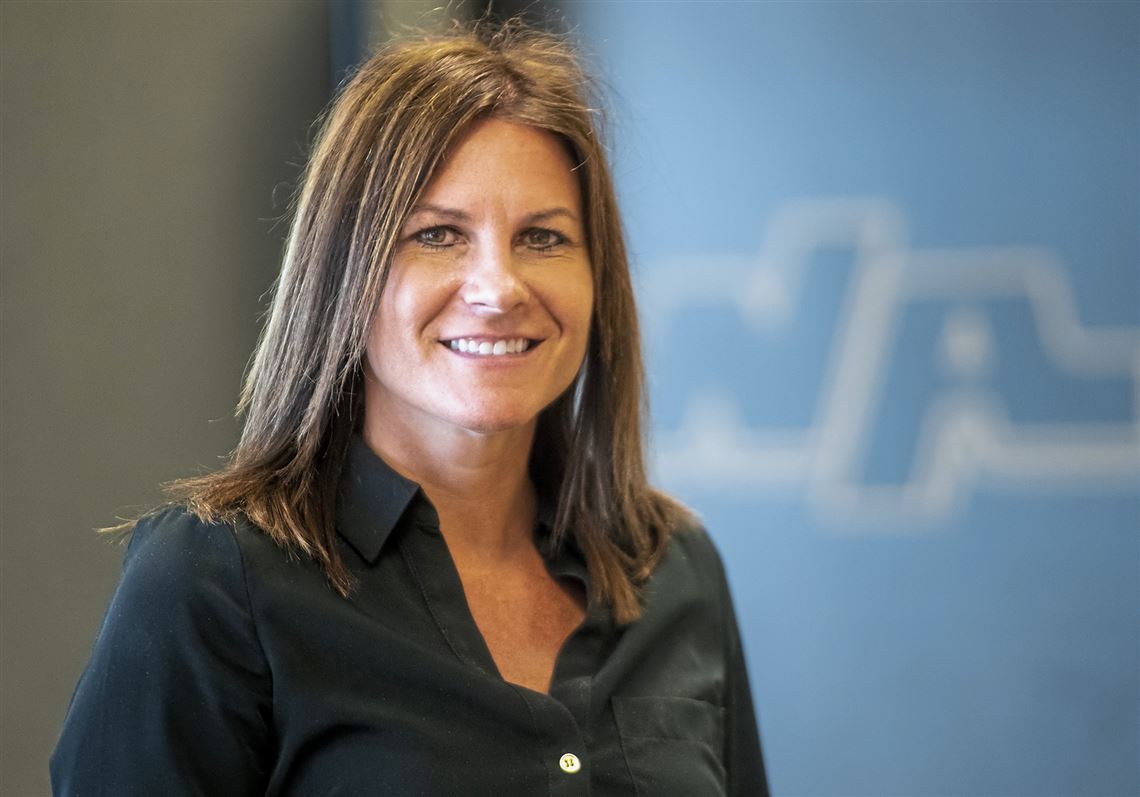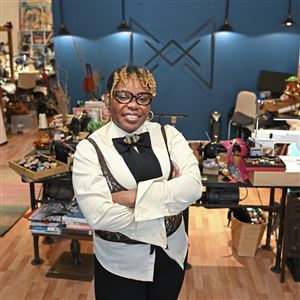The COVID-19 pandemic forced everyone to adjust in some way.
In education, more than a century’s worth of schooling tradition in the United States practically changed overnight when shutdowns occurred in March 2020.
Seasoned teachers and education professionals relied on years of ingrained knowledge and experience as they adapted to new demands of technology and physical barriers from mitigation efforts.
Educators just entering the industry or taking on new roles at the onset of the pandemic, though, not only had to navigate working in a global health crisis, but also figure out how to do their jobs.
Despite the challenges, many of them say the lessons they learned made them better and more understanding educators, with great hope for the future.
“This forced me to learn and do things that I'm not sure I would have stepped out of my comfort zone to do, or at least not right away,” said Amanda Mainarich, a fourth grade teacher at Whitehall Elementary School in the Baldwin-Whitehall School District. “I've said this to my principal, my colleagues, my family: If I can teach in a global pandemic, I can teach anywhere at any time. I feel like it has made me a stronger teacher, a more compassionate teacher, somebody who is willing to take those extra steps and those extra risks to make sure that everybody is being heard and taught.”
One of the most crucial skills an educator can possess is the ability to build relationships with students or colleagues.
That’s even more important for a principal, who needs to be able to make connections throughout an entire school.
But building those relationships take time — time that was not afforded to Natasha Dirda when she became the principal at North Allegheny High School in February 2020.
“I had scheduled 15 minute check-ins with all staff members and was planning on doing that throughout the entire spring,” Ms. Dirda said. “I think I got through probably around 30 or 40 staff members [out of about 120] by the time we had to transition to the remote learning model.”
Ms. Dirda said it was tough asking her staff to trust her in the early days of the pandemic, when everything was so uncertain and without having those previous relationships. She credits the school community for doing everything it could to keep things together.
The senior class came up with the idea to hold an Instagram live meeting with students, there was a yard sign distribution and parade through the community.
“We as a school community have really looked at it through the lens of the silver linings, of the things that brought us together.” Ms. Dirda said. “I know it was really challenging for our students and our staff to have a new senior high school principal that most of them hadn't even met and hadn't even had the opportunity to have a conversation in person with.”
The more the school community worked together, the more trust Ms. Dirda earned. And it made her focus on why she became an educator in the first place.
“It's that connection of deeply caring for every single staff member, every single student, and relying on one another as a team,” she said.
Staying connected during the pandemic was difficult, especially at times when students were learning virtually.
Though some educators may have had a hard time adjusting to the technology, younger teachers may have actually had an advantage.
“It's very natural for people my age even before the pandemic to hop on Facetime and talk to people,” said Rachel Dodson, who is starting her second year as a special education teacher at Bethel Park High School. “I know it's gone across generations and now everyone does it, but even little things like that I was already exposed to I think made adapting a lot easier.”
In a way, Ms. Dodson said, the integration of technology during the pandemic benefitted her work.
Special education teachers hold frequent meetings with parents, she said, and the virtual options increased participation.
But not everything was as simple for Ms. Dodson.
Prep time was an issue for her and took a lot longer than it did for the more experienced teachers because she didn't have old lesson plans to refer to.
“I was starting from scratch,” she said.
Ms. Dodson said she learned to do the best she could with the information she had at the time, and continued to seek out ways to improve.
“Being a teacher, you're always trying to learn new things or find a way to improve something,” she said. “I'm a lifelong learner, and this has really shown me that I'm going to continue to be learning.”
Even for experienced educators, the pandemic offered opportunities to learn.
Melissa Friez became the superintendent of the North Allegheny School District before the start of the 2021-22 school year, and had previously served as an assistant superintendent there and in the Pittsburgh Public Schools.
But jumping into her new role last year, she said she found it hard to find common ground among stakeholders in the school community. There were debates over everything from wearing masks to what students were learning.
The one thing everyone could agree on, Ms. Friez said, is that they wanted students to have the chance to learn in person. Still, the pandemic created obstacles that often required adjustments.
“It's difficult to be flexible and responsive,” Ms. Friez said. “It's difficult to change something.”
Ms. Friez said, however, district staff from administration or teachers and custodians to bus drivers were constantly reflecting and trying to get better.
That collective work, she said, made her a stronger leader and set the district on course to serve students better moving forward.
“I think the other thing that we learned is that we're capable of basically anything we put our minds to, and I think that will live with people probably for the longest out of anything,” Ms. Friez said.
Paige Landay, an art teacher in her second year at Bethel Park High School, quickly learned how important flexibility and creativity would become during the pandemic.
At her first job at Young Scholars of Western Pennsylvania Charter School in Baldwin Township, she had to learn to adapt her lessons when schools shut down in 2020.
Her class became optional and was used as an opportunity to give children something nice to do while they were at home. She tried to have her students use household items to create art, and sometimes parents would help get supplies, but it wasn’t always possible.
“It was all just kind of 'go with the flow, try to have the kids have a nice time, use art to have a nice part of their day while they're locked up inside,’” Ms. Landay said. “Definitely a lot of change and adapting. You can plan and plan and plan and none of it went to that plan.”
When Ms. Landay returned to the charter school in person in the fall of 2020, she said she was extremely worried about COVID. Even being in a schools with other teachers made her nervous.
She found out that she would not be teaching in one room but would instead be using a so-called “art cart” and travel from room to room throughout the day.
Again, Ms. Landay had to adapt. She carried two buckets of water — one clean and one dirty — because most classroom did not have a sink. Teachers didn’t want a mess in their rooms, limiting the kinds of projects her students were able to pursue.
Those challenges, though, were not Ms. Landay’s greatest concern.
“I just thought that I was going to be the COVID cart spreading germs room to room,” she said.
Although many educators were able to work through the health concerns and the political pressures that came from the pandemic, a large number decided to leave the field.
The American Federation of Teachers this summer released a report on widespread teacher shortages that in part blamed pandemic issues.
While teacher shortages do not appear to be as severe in Allegheny County as in some other places, some local educators have still decided to go in other directions.
Ms. Dodson, the Bethel Park special education teacher, recalled a math teacher colleague she looked up to in her first year of teaching.
“I thought she was the most fantastic teacher in the world, so warm and inviting and her kids reached all the standards,” Ms. Dodson said. “If there was a perfect teacher, it was her.”
“I got a call and I was answering all these questions,” Ms. Dodson said. “And then at the end I was like 'By the way, what position is this for?' And I couldn't believe it wasn't a teaching role.”
The teacher she admired most was leaving education to become an interior designer.
“It is a little sad to think she was my inspiration for being a teacher and she left because of the circumstances,” Ms. Dodson said.
Ms. Mainarich was a substitute teacher at Whitehall Elementary the past two years before becoming a full-time teacher for the first time this year.
While she said some of the political discourse surrounding schools was discouraging, she said she learned to care more about her students and herself and not get frustrated with problems that were out of her control. She became calmer and better at adjusting, she said.
“Maybe a student didn't grab that calculator that they needed at home, and that was OK. And maybe their textbook was left at school, maybe their chromebook was left at school, and that was OK,” Ms. Mainraich said. “Just giving grace to the students, giving grace to ourselves.”
Andrew Goldstein: agoldstein@post-gazette.com.
First Published: September 3, 2022, 10:00 a.m.
Updated: September 4, 2022, 4:56 p.m.
